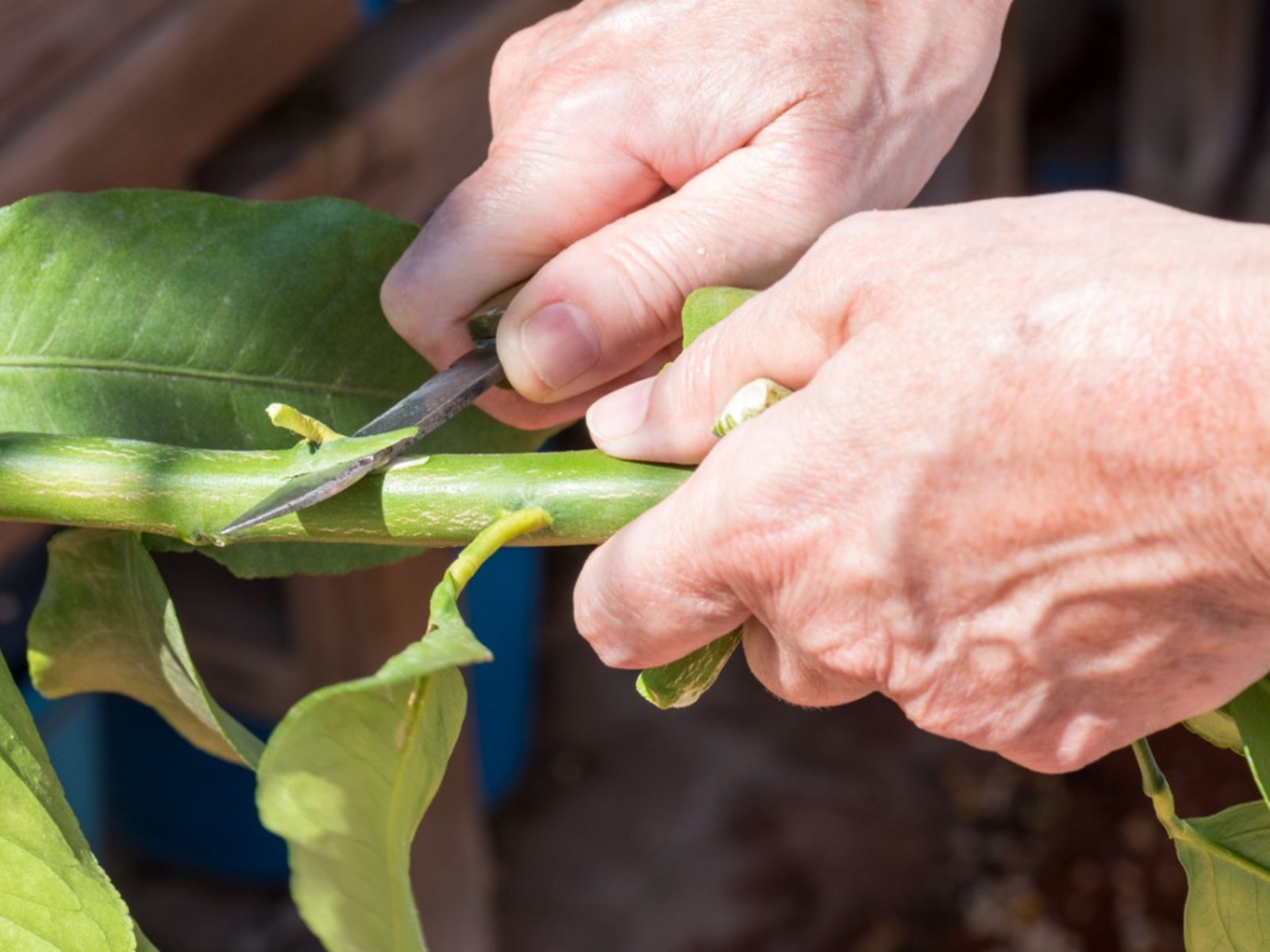Inarch Graft Technique – How To Do Inarch Grafting On Plants


What is inarching? A type of grafting, inarching is frequently used when the stem of a young tree (or houseplant) has been damaged or girdled by insects, frost, or root system disease. Grafting with inarching is a way to replace the root system on the damaged tree. While the inarch graft technique is generally used to save a damaged tree, inarching propagation of new trees is also possible. Read on and we’ll provide some basic information on the inarch graft technique.
How to Do Inarch Grafting
Grafting can be done when the bark slips on the tree, generally about the time buds swell in late winter or early spring. If you are grafting with inarching to save a damaged tree, trim the damaged area so the edges are clean and free of dead tissue. Paint the wounded area with asphalt emulsion tree paint. Plant small seedlings near the damaged tree to use as rootstock. The trees should have flexible stems with a diameter of ¼ to ½ inch (0.5-1.5 cm.). They should be planted very closely, within 5 to 6 inches (13-15 cm.) of the damaged tree. You can also use suckers growing at the base of the damaged tree. Use a sharp knife to make two shallow cuts, 4 to 6 inches (10-15 cm.) in length, above the damaged area. The two cuts should be closely spaced at the exact width of the rootstock. Remove the bark between the two cuts, but leave a ¾ inch (2 cm.) bark flap at the top of the cuts. Bend the rootstock and slip the top end under the bark flap. Fasten the rootstock to the flap with a screw and attach the lower portion of the rootstock to the tree with two or three screws. The rootstock should fit firmly into the cut so the sap of the two will meet and intermingle. Repeat around the tree with the remaining rootstock. Cover the inarched areas with asphalt emulsion tree paint or grafting wax, which will prevent the wound from becoming too wet or too dry. Protect the inarched area with hardware cloth. Allow 2 to 3 inches (5-8 cm.) between the cloth and the tree to allow space as the tree sways and grows. Prune the tree to a single stem when you’re sure the union is strong and able to withstand strong wind.
Gardening tips, videos, info and more delivered right to your inbox!
Sign up for the Gardening Know How newsletter today and receive a free copy of our e-book "How to Grow Delicious Tomatoes".

A Credentialed Garden Writer, Mary H. Dyer was with Gardening Know How in the very beginning, publishing articles as early as 2007.